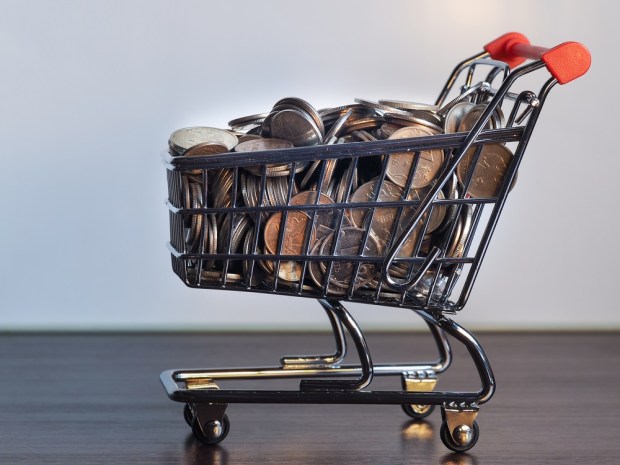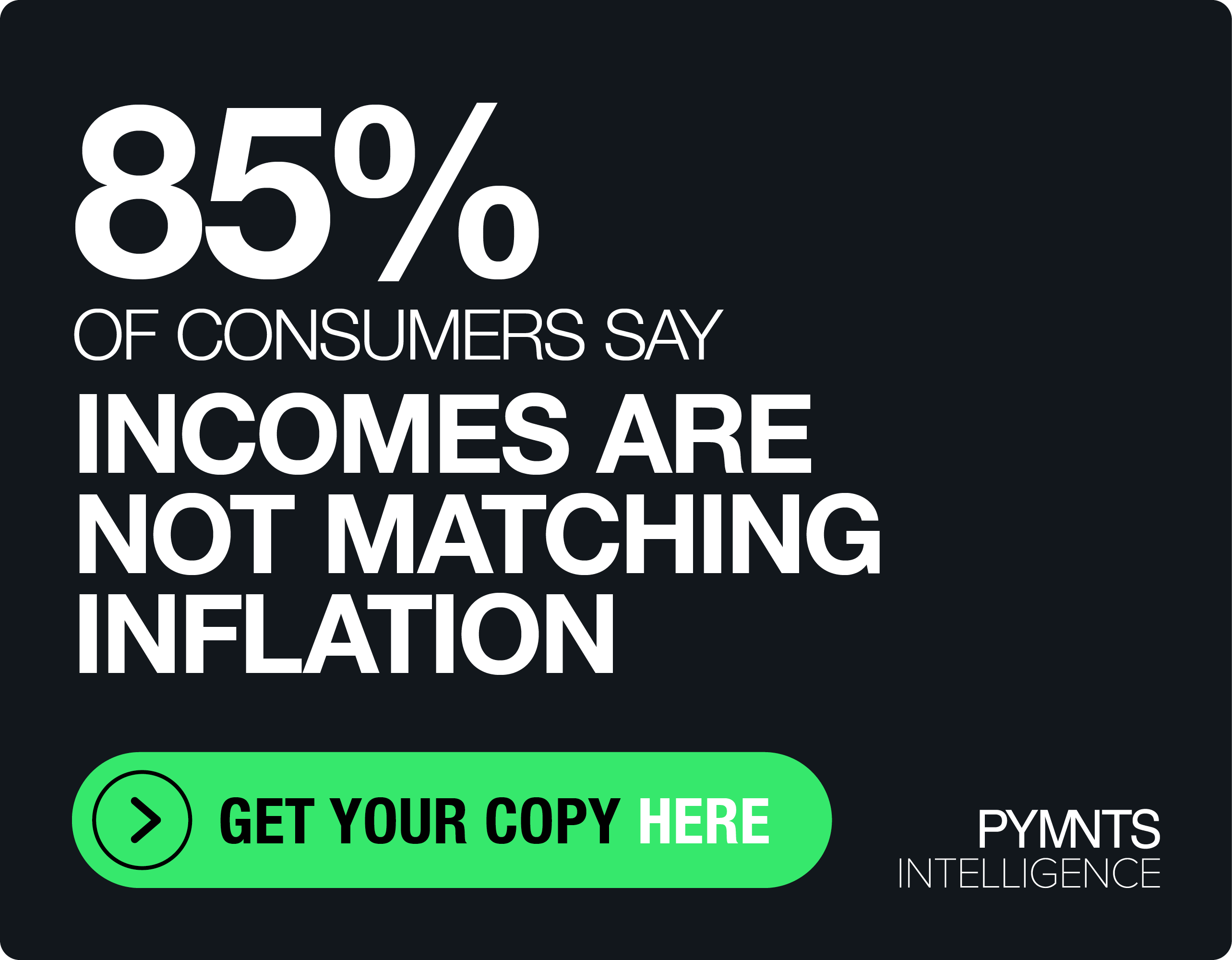Consumer Spending Jumps In November

Spending on the part of U.S. consumers picked up during the month of November, with the order of capital goods increasing for the tenth month in a row.
Citing data released on Friday (Dec. 22), Reuters reported news that at the same time that November saw a jump in consumer spending, household savings dipped to their lowest level in more than nine years — which could hurt the pace of consumer spending going forward.
“Consumers are still out there spending, but their purchases are being supplemented by low-energy costs, credit and a reduction in savings rather than organic income growth,” said Lindsey Piegza, chief economist at Stifel Fixed Income, in an interview with Reuters. “Without sustained improvement in wages, consumers will struggle to maintain even today’s moderate pace of consumption.”
The Department of Commerce announced that consumer spending increased 0.6 percent in November. In October, it jumped 0.2 percent. Spending in November was lifted by an increase in demand for cars, recreational goods and utilities. When adjusted for inflation, spending on the part of consumers increased 0.4 percent last month and was unchanged in October. Personal income growth during November increased 0.3 percent, with wage growth at 0.4 percent. Household savings declined to $462.2 billion in November, which Reuters noted was its lowest level since August 2008. In October, consumer savings was at $466.9 billion. The savings rate stood at 2.9 percent in November, a 10-year low. In October, it was 3.2 percent.
Reuters noted that consumer spending during the month of November was also driven by record household wealth — largely due to the rise in the stock market this year and the increase in the value of homes. Stocks have been surging all year, seemingly setting new highs each month.
